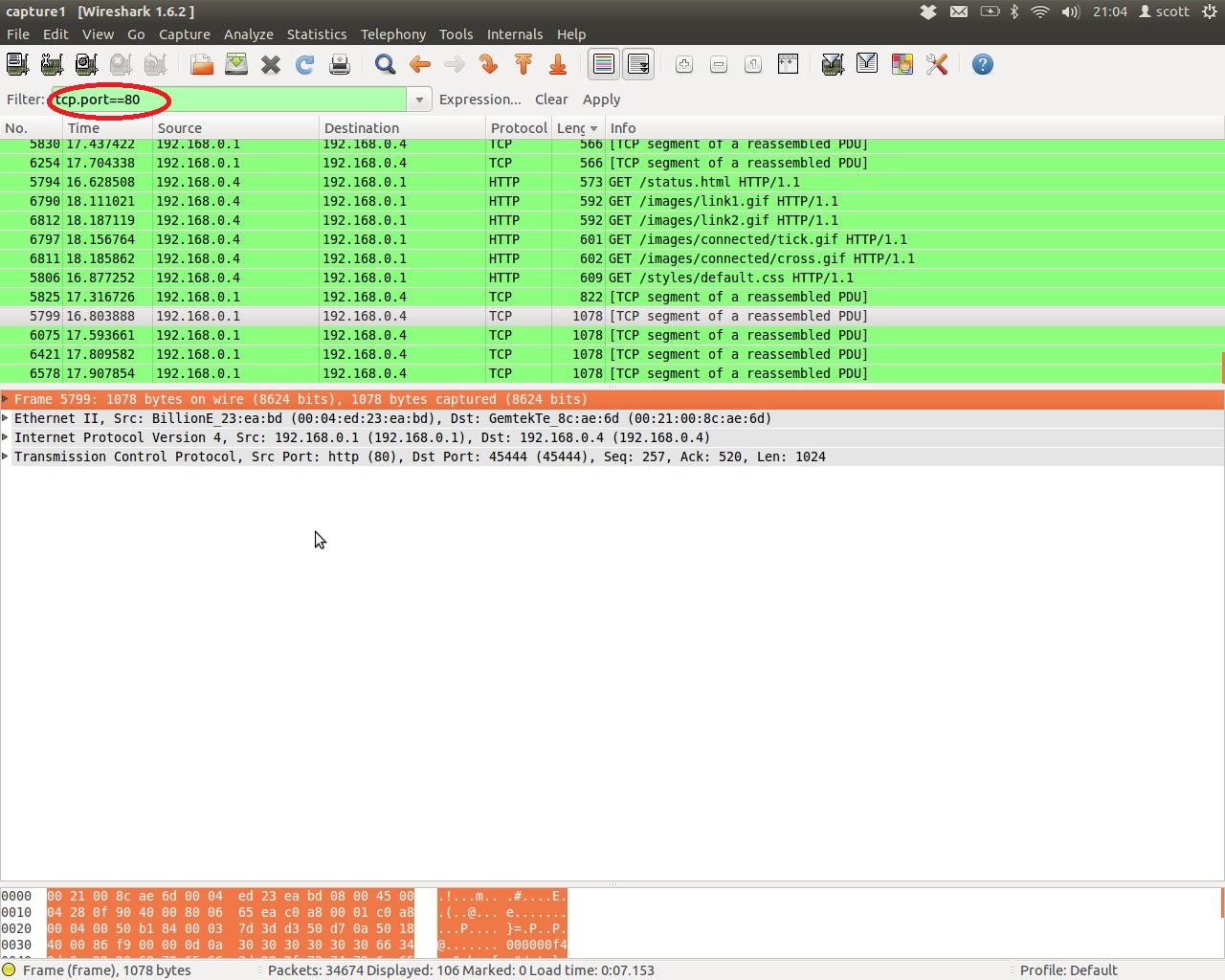


That said, it is not especially hard to send TCP connection-request (SYN) packets with spoofed source address. See the Internet Draft draft-byrne-opsec-udp-advisory.

There is a dark side to UDP: it is sometimes the protocol of choice in flooding attacks on the Internet, as it is easy to send UDP packets with spoofed source address.

It is common for VoIP telephone calls to use RTP and UDP. Loss tolerance is the reason the Real-time Transport Protocol, or RTP, is built on top of UDP rather than TCP.
#WHAT PORT DOES FIRSTCLASS CLIENT USE UPDATE#
Similarly, in a computer game a lost position update is moot after any subsequent update. This approach is very successful for voice and video, which are loss-tolerant in that small losses simply degrade the received signal slightly, but delay-intolerant in that packets arriving too late for playback might as well not have arrived at all. UDP, on the other hand, gives the receiving application the freedom simply to ignore lost packets. If a TCP packet is lost, then the receiving host queues any later data until the lost data is retransmitted successfully, which can take several RTTs there is no option for the receiving application to request different behavior. UDP is also popular for real-time transport the issue here is head-of-line blocking. However, if there is any chance that a sequence of request-reply operations will be performed in short order then TCP may be worth the overhead. UDP is well-suited for “request-reply” semantics beyond RPC one can use TCP to send a message and get a reply, but there is the additional overhead of setting up and tearing down a connection. We will consider RPC in greater detail below, in 16.5 Remote Procedure Call (RPC) for now, the point of UDP is that on a local LAN we can fall back on rather simple mechanisms for timeout and retransmission. The conceptual idea behind RPC is that one host invokes a procedure on another host the parameters and the return value are transported back and forth by UDP. In this setting it is common to use UDP as the transport basis for a Remote Procedure Call, or RPC, protocol. UDP is popular for “local” transport, confined to one LAN. Higher-level protocols that define ACK packets ( eg UDP-based RPC, below) typically include some form of flow control to prevent this. When the latter happens, it means that packets are arriving faster than the receiver can process them. UDP packets can be dropped due to queue overflows either at an intervening router or at the receiving host. If a NAT router rewrites an IP address or port, the UDP checksum must be updated. The UDP checksum covers the UDP header, the UDP data and also a “pseudo-IP header” that includes the source and destination IP addresses (and also a duplicate copy of the UDP-header length field). While it is seldom done today, the checksum can be disabled by setting the checksum field to the all-0-bits value, which never occurs as an actual ones-complement sum. UDP packets use the 16-bit Internet checksum ( 7.4 Error Detection) on the data. An old bit of Internet humor about UDP’s unreliability has it that if I send you a UDP joke, you might not get it.


 0 kommentar(er)
0 kommentar(er)
